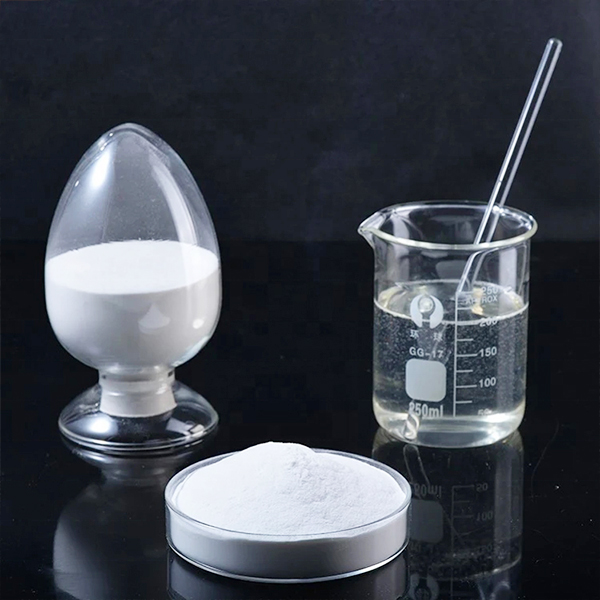Exploring Ether Cellulose Properties, Applications, and Significance
Ether cellulose is a significant class of cellulose derivatives that has gained attention in various fields due to its unique properties and versatility. As a modification of cellulose, which is one of the most abundant biopolymers on Earth, ether cellulose provides enhanced functionalities while maintaining many characteristics of the original cellulose structure. This article delves into the properties, applications, and significance of ether cellulose in contemporary industries.
Chemical Structure and Properties
Ether cellulose is produced through the etherification of cellulose, where hydroxyl groups are replaced with ether groups. The chemical structure varies depending on the type of ether used in the modification process. Common ethers include methyl, ethyl, and propyl groups, which significantly influence the solubility, viscosity, and hydrophilicity of the resulting product.
One of the defining properties of ether cellulose is its solubility in a wide range of organic solvents and water, depending on the substituents incorporated during synthesis. This solubility enables ether cellulose to be utilized in various applications where traditional cellulose might not be feasible. Moreover, ether cellulose exhibits excellent film-forming abilities, which makes it attractive for coatings and adhesives.
Applications in Various Industries
The versatility of ether cellulose has led to its application in numerous industries.
1. Pharmaceuticals and Food In the pharmaceutical industry, ether cellulose is often used as a binder and thickener in tablet formulations, ensuring consistent dosage and improving the stability of active ingredients. Moreover, its biocompatible nature makes it suitable for use in food products as a thickening agent or emulsifier, enhancing texture and palatability.
ether cellulos

2. Paints and Coatings Ether cellulose is a critical ingredient in the formulation of paints and coatings. Its ability to form stable suspensions contributes to improved viscosity and flow properties, making it an ideal choice for water-based paints. Additionally, its film-forming capabilities enhance the durability and finish of coatings.
3. Cosmetics In the cosmetics industry, ether cellulose is used in various products, including creams, lotions, and gels. It contributes to improved texture and stability, allowing for better application and a pleasant sensory experience for consumers.
4. Construction The construction industry also benefits from ether cellulose, particularly in cement-based materials. It improves the workability of mortars and plasters, optimizing the application process. Moreover, its water-retaining properties help prevent premature drying of materials, which is crucial for the curing process.
Environmental Considerations
As the world increasingly shifts toward sustainable practices, ether cellulose's bio-based origin from renewable resources positions it favorably in terms of environmental impact. The use of ether cellulose can reduce dependency on petroleum-based polymers, thus contributing to more eco-friendly formulations across multiple sectors.
Conclusion
Ether cellulose represents a fascinating intersection of natural biopolymer science and modern application needs. Its unique properties, ranging from solubility to film formation, make it invaluable in numerous industries, including pharmaceuticals, coatings, cosmetics, and construction. As researchers continue to explore new applications and synthesize various derivatives, the importance of ether cellulose is expected to grow, mirroring the ongoing demand for sustainable and effective materials in our daily lives. Its role as a versatile and performance-enhancing agent demonstrates the potential of chemistry in leveraging natural resources for innovative solutions in today's fast-paced world.
-
The Application and Significance of Construction RdpNewsMay.19,2025
-
Industrial Grade HpmcNewsMay.19,2025
-
Building Coating Adhesive Building Coating Adhesive HpmcNewsMay.19,2025
-
Application Of Hpmc For Detergent For Detergent In DetergentsNewsMay.19,2025
-
Application Of Hpmc Cellulose In Cement-Based MaterialsNewsMay.19,2025
-
Application Of High Quality Hpmc For Construction In The Field Of ConstructionNewsMay.19,2025




